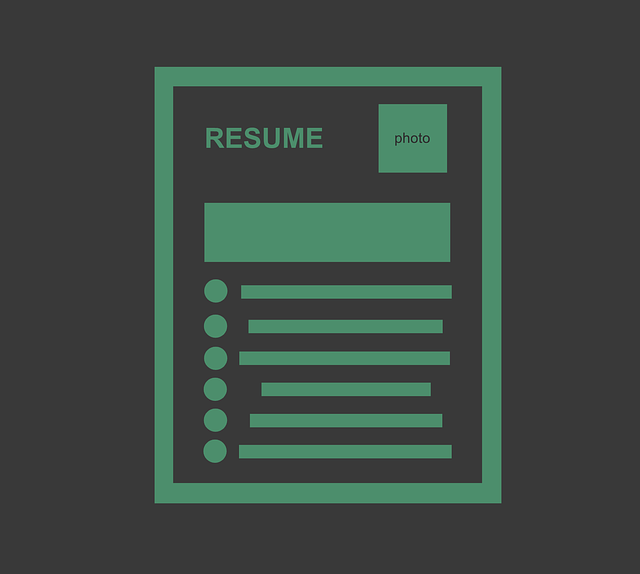Employers use background checks as a vital tool during hiring to verify identities, assess historical records, identify risks like nepotism or unreported disqualifiers, and evaluate candidates' suitability for roles based on reliability, work ethic, and integrity. These checks involve searching criminal records, verifying educational credentials, employment history, licenses, social security numbers, public records, and previous employers' references. Job seekers can enhance their reliability and make a positive impression by demonstrating transparency, providing accurate information, allowing reference verifications, keeping documentation up-to-date, and explaining gaps or unusual career moves.
In today’s world, employers use background checks as a vital tool to assess candidates. This practice ensures safety and compliance, offering insights into an individual’s history. This article delves into the reasons behind these checks, revealing the types of information scrutinized. Moreover, it equips employees with knowledge about what to expect during the process, guiding them through navigating these expectations. Understanding these dynamics is essential for a seamless application journey.
- Why Do Employers Conduct Background Checks?
- What Information is Typically Included in a Background Check?
- Navigating the Expectations: What Employees Should Know
Why Do Employers Conduct Background Checks?

Employers conduct background checks for several reasons, making them an integral part of the hiring process. Primarily, these checks ensure that job applicants are who they claim to be and provide a comprehensive view of their professional and personal histories. By examining past employment, education, and sometimes even criminal records (depending on the nature of the job), employers can mitigate risks associated with nepotism, fraud, or the potential hiring of individuals with unreported disqualifying factors.
Moreover, background checks help employers evaluate candidates’ suitability for specific roles. They provide insights into an applicant’s reliability, work ethic, and integrity, which are vital for fostering a safe and productive work environment. In today’s digital era, where information is readily accessible, employers use background checks to verify details shared by applicants, ensuring a match between expectations and reality.
What Information is Typically Included in a Background Check?

Employers use background checks to verify information provided by job applicants and assess potential risks associated with hiring a new employee. These checks typically include a comprehensive review of an individual’s history, focusing on several key areas. One of the main components is criminal records, which involve checking local, state, and national databases for any felony or misdemeanor convictions. This process helps employers gauge the applicant’s integrity and compliance with laws.
In addition to criminal history, background checks often delve into educational qualifications, employment records, and professional licenses (where applicable). They may also include verification of previous employer references, social security number validation, and a review of any public records related to the candidate. This broad scope ensures employers have a holistic view of an applicant’s background, enabling them to make informed decisions about hiring.
Navigating the Expectations: What Employees Should Know

When applying for a new job, employees should expect that their potential employers will conduct thorough background checks. Employers use background checks to assess candidates’ suitability and mitigate risks associated with hiring decisions. This process goes beyond reviewing resumes and cover letters; it involves verifying employment history, education, and even criminal records (where permitted by law). Understanding what employers look for during background checks can help job seekers present themselves accurately and honestly.
Navigating the expectations of background checks requires transparency and integrity from applicants. Providing truthful information, allowing for reference verifications, and ensuring all documentation is up-to-date are essential steps. Employees should also be prepared to explain any gaps in employment or unusual career moves. By being proactive and proactive in addressing potential concerns, job seekers can demonstrate their reliability and make a positive impression on employers, even before an official offer is made.






